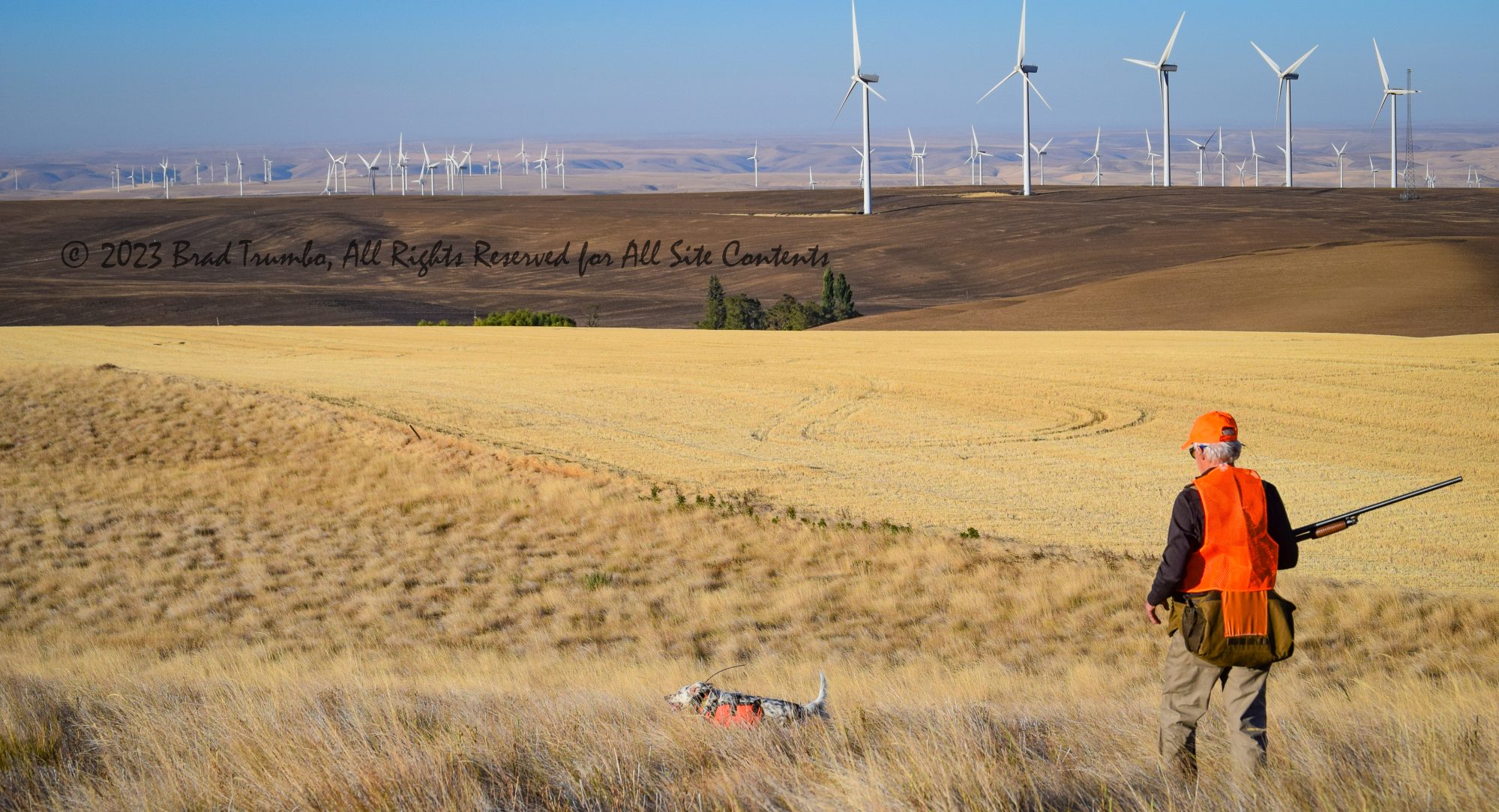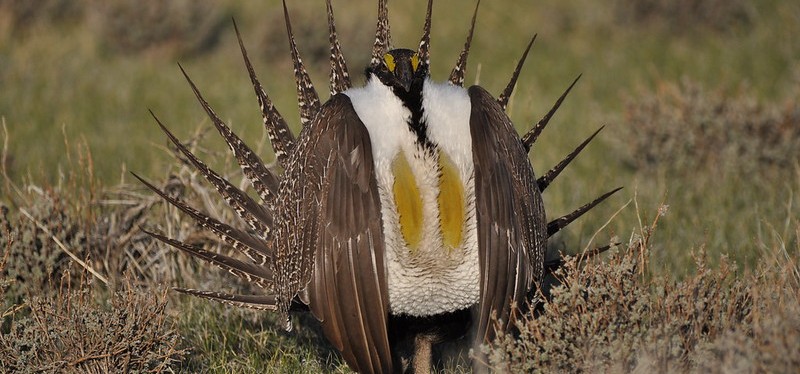Tree Removal Benefits Greater Sage Grouse Population Growth – Harvesting Nature
Woody plant expansion into shrub and grasslands poses a significant ecosystem issue for multiple uses. In the Great Basin of North America, pinyon–juniper expansion into the sagebrush biome is threatening the greater sage grouse, a sagebrush obligate species, as well as pronghorn, mule deer, and livestock grazing due a major shift in the vegetation community and associated ecosystem components.
According to Brianna Randall of the Sage Grouse Initiative (SGI), “More than one million acres of sagebrush grazing lands in the Great Basin have turned into pinyon-juniper forests in the past two decades alone.”
This is problematic for sage grouse because they avoid landscapes with trees, likely because trees provide raptor perching and nesting habitat. Additionally, trees crowd out and take precious water from perennial grasses, forbs, and other plants that a variety of wildlife rely on, and can effectively reduce habitat carrying capacity and suitability, causing species to relocate.
Protecting and restoring the sagebrush ecosystem is at the forefront of the Natural Recourse Conservation Service (NRCS) mission. Through the NRCS Working Lands for Wildlife program, the SGI was born and includes partnerships with other land management agencies, universities, and landowners. As a collective, these entities work to enhance the sagebrush ecosystem for cooperative wildlife and agricultural uses.

Since approximately 2011, a pinyon–juniper removal effort has been underway in the Warner Mountains in south-central Oregon. Concurrently, researchers GPS-tracked 417 hen sage grouse over a 109,000-acre “treatment” area with active tree removal.
Study results published in June (Olsen et al. 2021) show that within the treatment area, sage grouse population growth rates increased approximately 12 percent within five years of tree removal compared to a population within an adjacent 82,000-acre “control” or area with no tree removal. Similarly, a 2017 SGI report identified that 29 percent of tracked hen sage grouse in Oregon returned to restored nesting habitats within four years post-restoration. Encouraging results for the future of sage grouse and the sagebrush ecosystem.
The rarity in seeing such positive population results from habitat management was summarized appropriately by Olsen et al. (2021).
“Examples of positive, population-level responses to habitat management are exceptionally rare for terrestrial vertebrates, and this study provides promising evidence of active management that can be implemented to aid recovery of an imperiled species and biome.”
References
Olsen, AC., JP Severson, LD Maestas, DE Naugle, JT Smith, JD Tack, KH Yates, and CA Hagen. 2021. Reversing tree expansion in sagebrush steppe yields population-level benefit for imperiled grouse. Ecosphere https://doi.org/10.1002/ecs2.3551.
Sage Grouse Initiative. 2017. Conifer Removal Boosts Sage Grouse Success. Science to Solutions Series Number 12. Conifer Removal Boosts Sage Grouse Success – Sage Grouse Initiative



Would LOVE to hunt sage grouse in WA!!
LikeLike
Yes sir! Maybe some day.
LikeLike